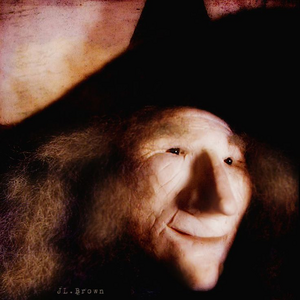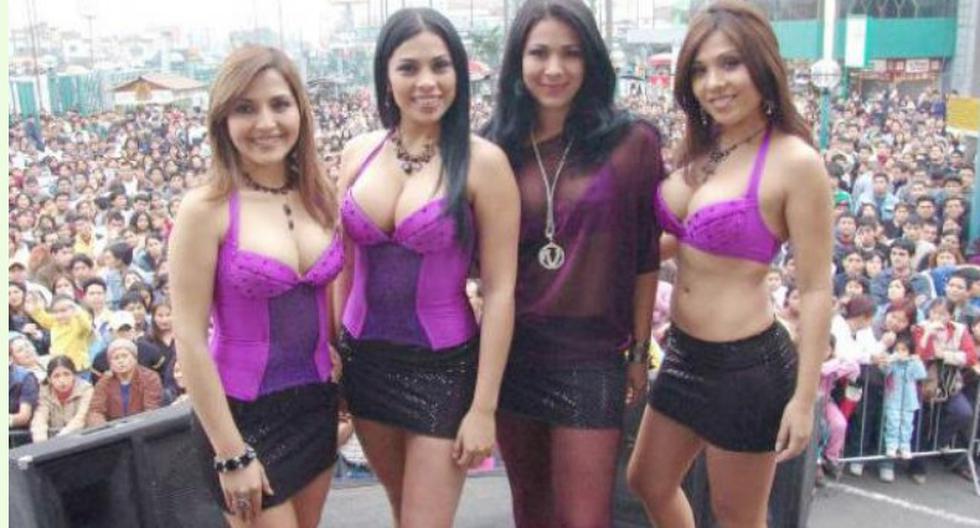- Joined
- Aug 25, 2021
- Messages
- 11,336
- Reaction score
- 27,736
A lot of them go missing (presumed dead). Some of them are found, usually having come to a sticky end. If anyone didn't know. They tend to lead a risky kind of lifestyle. They call it MMIW (Missing and Murdered Indigenous Women).Never got the chance to dip into that particular pond.
But there are many very beautiful native American women.
Like er'body else they gotta stay tf out of Walmart and not get fat. The slims ones are pretty the fatties wind up looking like Samoans. Not my cup of tea.
Also seriously need to be treated better.
Wind River fucked with my head.
Since the late 1960s, at least forty young women have disappeared along the “Highway of Tears” — a 500-mile, single-lane stretch of roadway in northern British Columbia. Shrouded in mystery until a recent Royal Canadian Mounted Police (RCMP) special investigation linked DNA from one of the vanished victims to a deceased American criminal, these cold cases reveal sweeping crimes: kidnapping, rape, torture, murder, and the disposal of human bodies.
Aboriginal communities have experienced the brunt of the brutality: dozens of their women have disappeared along the highway, victims of not only murderous predators, but of a pervasive, systemic racism that keeps them marginalized on impoverished reservations. First Nation leaders and activists contend there has been little interest in further investigating the crimes and in apprehending their killers.
Narrated by TV Star Nathan Fillion ("Castle", "The Rookie"), Matt Smiley's award-winning documentary originally aired on Netflix in Canada and vividly portrays the personal stories of the victims’ families. It explores how generational poverty, high unemployment, and endemic violence in their communities contribute to these tragic outcomes.


:max_bytes(150000):strip_icc():focal(749x0:751x2)/selena-quintanilla-best-outfits-032625-9e39436c33b34c7fa81e341ebfdf3675.jpg)
